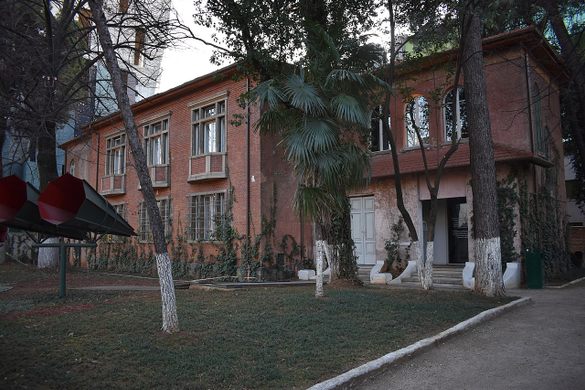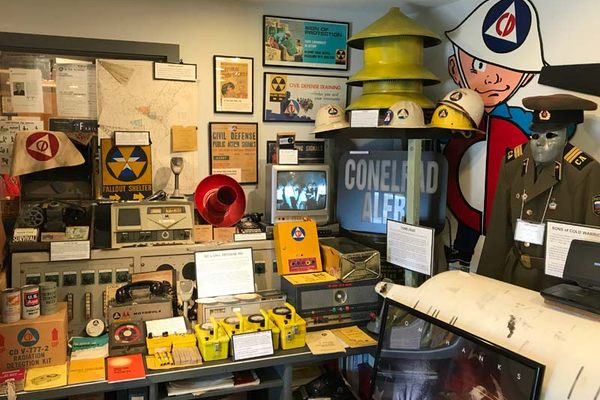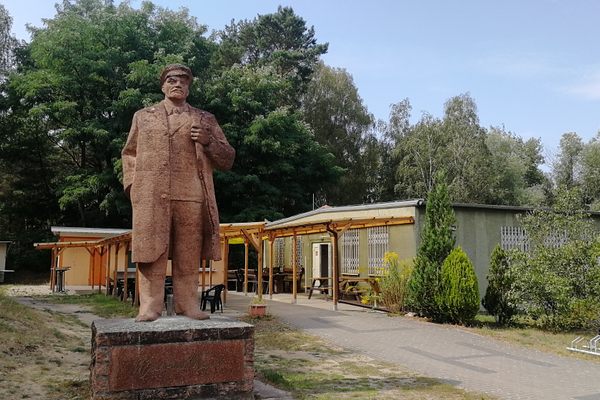The House of Leaves is a two-story house in the heart of Tirana that derives its name from the fact that it is indeed covered with the leaves of plants clambering over its façade. The construction of the building was completed in 1931, and it exhibits architectural sensitivities that are characteristic of that time. This house, however, is more widely known as being the headquarters of the Albanian secret surveillance apparatus throughout the Cold War, the infamous Sigurimi.
Originally, the building did what it was meant to do, which was housing the first obstetrics clinic in Albania. Its purpose changed abruptly when German forces occupied Albania in 1943, and the German secret police, the Gestapo, requisitioned the building to turn it into the headquarters of their operations in the country. This new phase came to an end the following year, when Albanian partisans repelled the German forces and regained independence.
The newly constituted People’s Republic of Albania, headed by Enver Hoxha, was in essence a Stalinist state that focused on self-reliance and national unity above everything else. Political dissent was inimical to this endeavor, and as such, it had to be squashed. This was the raison d’être of the Directorate of State Security, the Sigurimi. The building that housed an obstetrics clinic and the Gestapo would become the headquarters of the Sigurimi until the collapse of the communist regime in 1991. It was not until 2017 that the House of Leaves was turned into a museum and opened to the public.
Wandering through the 31 rooms of the museum means uncovering the surveillance and interrogation techniques that the regime deployed against its own citizens. One of the Sigurimi’s main functions was the purging of ideological incorrectness from the whole Albanian citizenry in general, and from the Socialist Party in particular. The mention of the House of Leaves would instill a sense of dread in each and every Albanian for almost half a century. Hundreds of thousands of people were spied on, and those that expressed thoughts or ideas that were deemed ideologically suspect ended up in prison or dead.
In addition to countless surveillance devices, the museum showcases scores of original documents detailing the secret workings of the Sigurimi. The interrogation rooms are equipped with visual aid that shows how prisoners were “persuaded” to confess through the use of physical violence. Unsurprising, there is also a darkroom for processing photographic film, and a lab for analyzing fingerprints and identifying traces of dangerous chemicals. The garden has some art installations, and the entrance to an underground tunnel protected by thick, concrete doors.
Know Before You Go
The museum is open Monday to Sunday from 9am to 7pm.


























Follow us on Twitter to get the latest on the world's hidden wonders.
Like us on Facebook to get the latest on the world's hidden wonders.
Follow us on Twitter Like us on Facebook